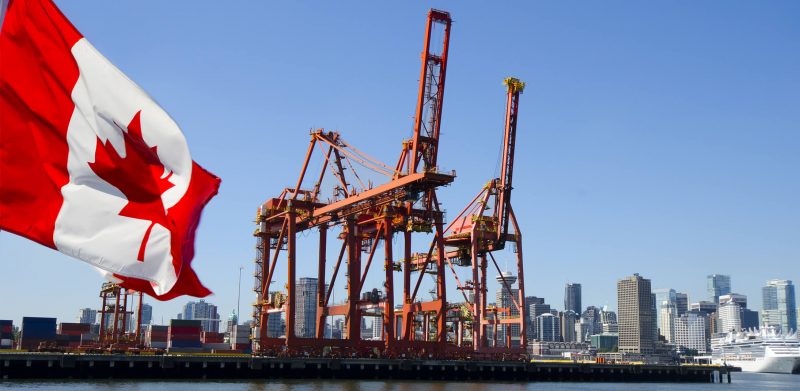
Canada has ratified the Comprehensive and Progressive Agreement for Trans-Pacific Partnership (CPTPP)
On October 25, 2018, the Government of Canada’s Bill C-79 (the Comprehensive and Progressive Agreement for Trans-Pacific Partnership [CPTPP] Implementation Act) received Royal Assent. This makes Canada the fifth country to ratify the CPTPP after Japan, Mexico, Singapore and New Zealand. This agreement brings together 11 countries, including Canada, Australia, Brunei, Chile, Japan, Malaysia, Mexico, New Zealand, Peru, Singapore and Vietnam.
Australia, for its part, initiated the 60-day countdown before the CPTPP came into force by ratifying the agreement on October 31st. The implementation of the CPTPP is therefore expected to begin on December 30, 2018. In addition, Vietnam has just ratified the agreement on November 12, 2018 in order to be able to implement it from January 12, 2019. Brunei, Chile, Malaysia and Peru will ratify in their respective countries in 2019. It should be noted that a signatory country may participate fully in the CPTPP 60 days after ratification of the agreement by their country’s legislature.
Why is the CPTPP beneficial to Canada?
As mentioned on Global Affairs Canada website, “Canada will be among the first group of CPTPP countries to bring the agreement into force, thus ensuring the country retains first-mover advantage in many thriving Asia-Pacific markets, including those with whom Canada did not previously have an agreement such as Japan and Singapore.“
Once the CPTPP enters into force, it is said that 99% of tariffs will be eliminated for originating goods between member countries. In addition, the commercial market that will bring together the 11 signatory countries will have nearly 500 million consumers and will be equivalent to a combined economy of $13,500 billion.
Some of the CPTPP tariff reductions will be immediate, but others, particularly for agricultural, automotive and other sensitive products, will be phased in over a period of ten years or more.
For Canada and the five countries that were the first to ratify the agreement, the CPTPP will become effective before the end of the 2018 calendar year. This means that the first wave of tariff reduction will come into effect on December 30. However, according to the CPTPP rate schedules, reductions for subsequent years will take effect on January 1 of each subsequent year. Thus, a second wave of tariff reduction could occur almost immediately after the first, i.e. on January 1, 2019.
How to prepare as an importer or exporter for the coming into force of the CPTPP?
Canadian importers and exporters wishing to take advantage of this new agreement should be aware that changes in their material supply may affect the ability to qualify their finished products as originating products under other free trade agreements, such as the North American Free Trade Agreement (NAFTA) or the new United States – Mexico – Canada Agreement (USMCA).
This news should encourage Canadian importers and exporters to:
- Review their current and future supply chains to identify opportunities to reduce customs costs.
- Review sales opportunities in the other 10 CPTPP member countries.
- Understand the potential impact of free trade agreements on a change in source of supply.
In conclusion
Without a doubt, the Canadian customs landscape continues to change at an unprecedented rate. W2C Customs Broker can provide answers to your questions, whether it is on the CPTPP or on other free trade agreements in force in Canada.
For any information, our consultation service remains at your disposal at consultations@w2c.ca or by telephone at 514 368-2637, option 2.